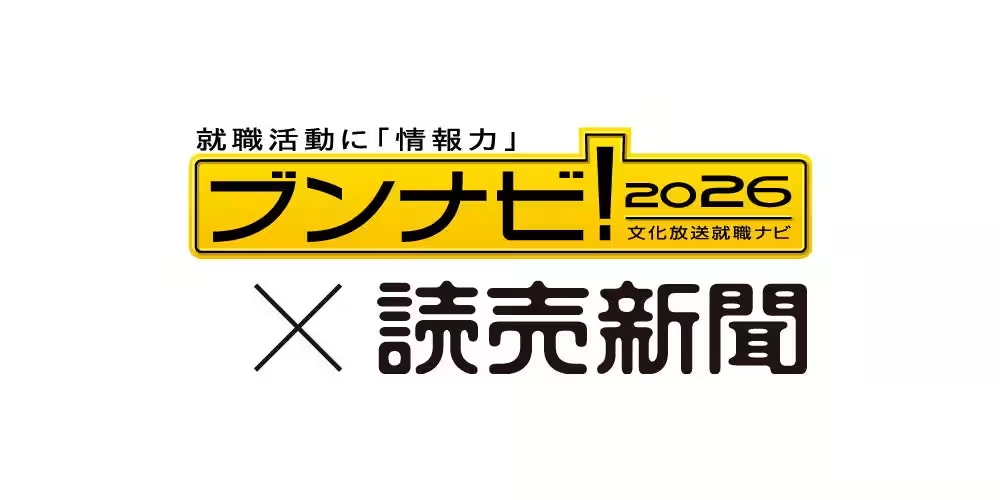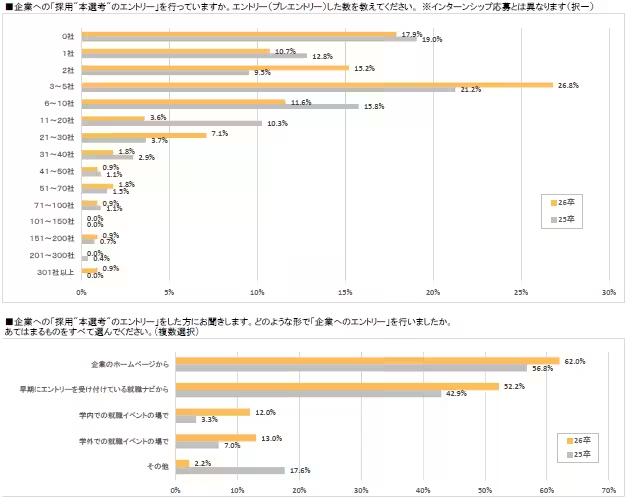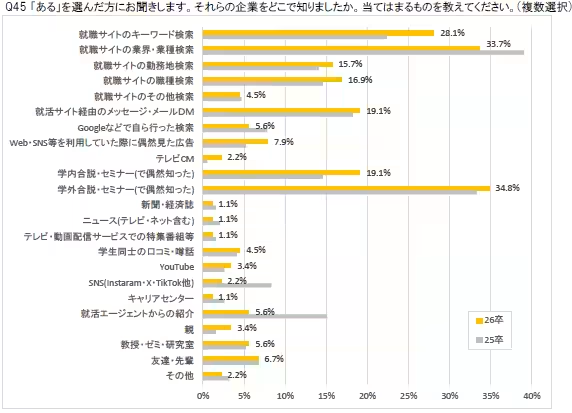

Navigating the Job Market: Insights from the 2026 BunNavi Student Survey
Understanding Student Perspectives on Employment
In February 2025, BunNavi, a career partner firm based in Minato City, Tokyo, conducted a survey targeting students graduating in 2026. The survey gathered 112 responses, providing a glimpse into the current job-seeking behaviors and industry perceptions of these future graduates.
Key Findings from the 2026 BunNavi Student Survey
The survey outlined notable trends, showcasing shifts in student interest across various industry sectors and their experiences in the job search process.
Growing and Declining Industry Interests
A significant highlight from the survey was the identification of industries that students believe will gain or lose popularity in the job market. The top three industries anticipated to grow in popularity are:
1. Manufacturing (related to consumer goods, food, and housing)
2. Telecommunications, Information, and Internet sectors
3. Consulting (Research and advisory services)
This shift likely indicates students’ increasing awareness and recognition of essential services, particularly those that impact their daily lives. Conversely, the three industries expected to decline include:
1. Mass Media (advertising, newspapers, publishing, broadcasting)
2. Restaurants and Food Services
3. Urban and Regional Banks/Credit Unions
The trends in these industries could be attributed to recent high-profile scandals and the fallout from the pandemic that have shaped public perception and trust.
Awareness of New Companies
The survey also highlighted that a remarkable 88.1% of students reported being interested in companies they learned about only after starting their job search, a 7.8% increase from previous years. The top methods through which students discovered new companies included:
- - Campus recruitment seminars
- - Industry and job-type searches on employment websites
- - Keyword searches on job portals
These findings suggest that students are proactive and engaged, utilizing various means to expand their understanding of the job landscape beyond traditional routes.
Ongoing Job Search Trends
The data further revealed that 67.0% of respondents are still actively searching for employment, a slight decrease of 1.9% from last year. Among those surveyed, the majority are applying to three to five companies (26.8%), although 17.9% reported not applying to any organizations yet.
Interestingly, a sizable 62.0% of entries were submitted directly through company websites, indicating a trend towards direct engagement with employers. When assessing the number of preliminary job offers received, over 30% of students reported having at least one offer, while 62.5% had none, which is a 3.1% decrease from the previous year.
Among those with offers, 52.4% expressed a strong desire to join the companies that extended the offers, while 45.2% preferred to explore opportunities elsewhere. This behavior indicates a strategic approach to job acceptance, where students are carefully weighing their options in a competitive market.
Conclusion
The 2026 BunNavi Student Survey offers invaluable insights into the dynamics of the current job market from the perspective of upcoming graduates. As these students navigate their future careers, the trends and preferences identified will likely influence employer branding and recruitment strategies in the coming year. With uncertainties still prevalent since the pandemic, understanding these perceptions will be crucial for both students and companies alike as they strive to bridge the gap in the evolving employment landscape.
For further details regarding the survey methodology, results, and more comprehensive findings, please refer to the attached PDF or visit the official BunNavi website.




Topics Business Technology)










【About Using Articles】
You can freely use the title and article content by linking to the page where the article is posted.
※ Images cannot be used.
【About Links】
Links are free to use.